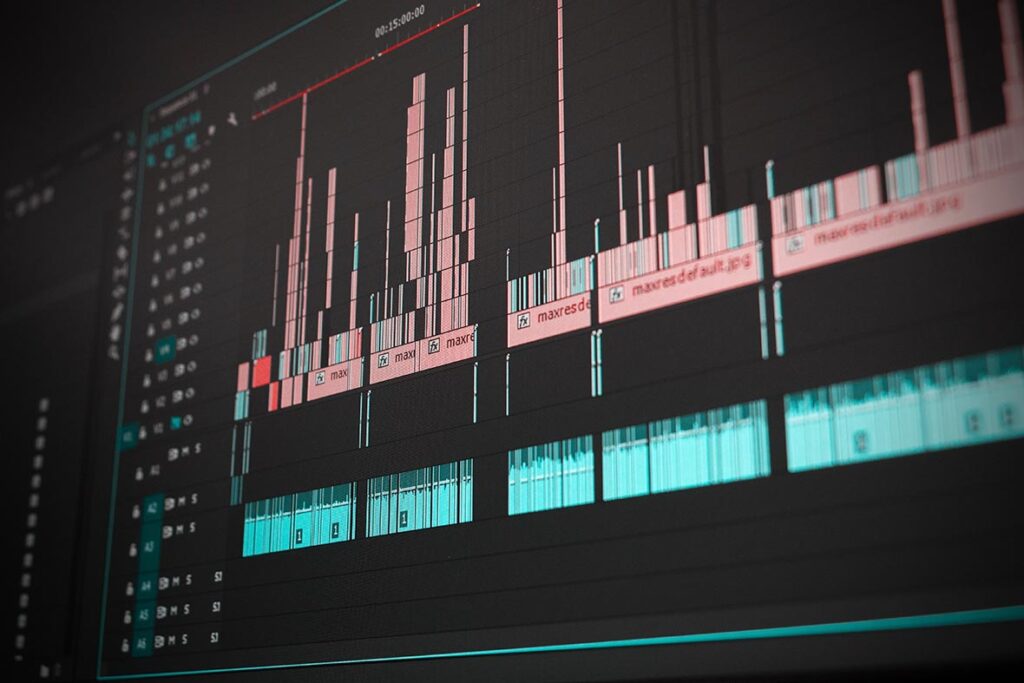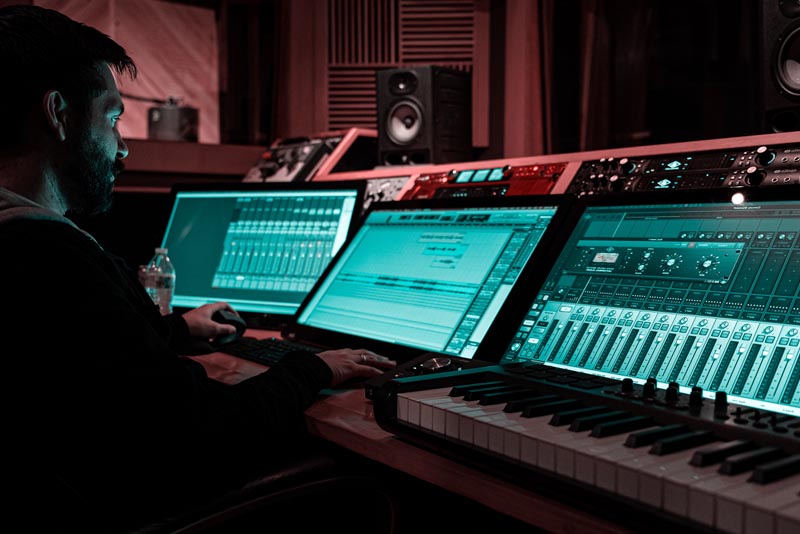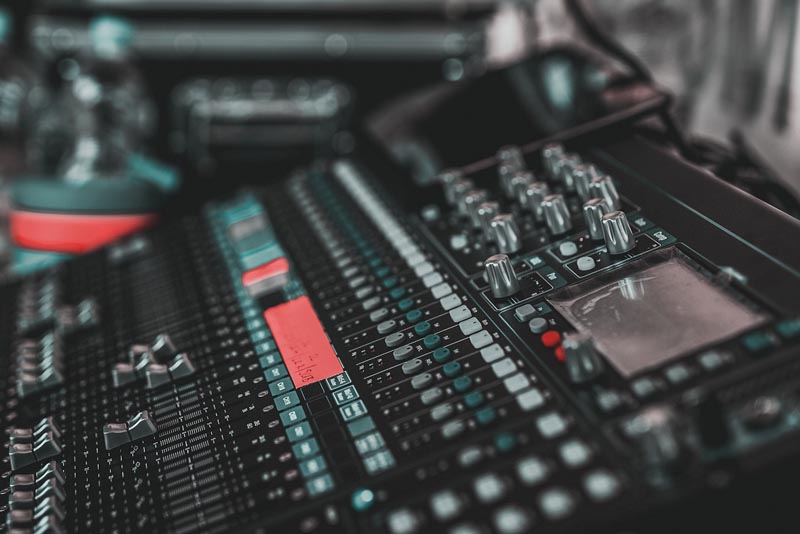
Mixing traditionally the role of some elusive deity-like genius. A super-hero with supersonic powers. If they can spare the time, and if you can afford them, they appear with thunderclap before you in a small crater, and blinded by ethereal light of their plasma sphere you fearfully take a step towards them to hand over the files.
You wake, as if from a dream several days later to the ping of your email and, trembling with anticipation, you download the file, take it to your ‘system’ and hit play. It sounds amazing. The bass! The space! The drums! And it’s the same in your earbuds, the car, mate’s Bluetooth speaker. Perfection!
It’s true that some of the best sounding mixes are made in studios with big analogue consoles and outboard to die for, but it’s also true that some of the best bangers have been squeezed out of a laptop on a tour-bus. In reality most good mixes are achieved somewhere between these two extremes and are usually the result of following a few simple tips.
Let’s dive in!
Stay in context
Listen to other material while mixing. Listening to subby ass in solo makes your mix sound ‘toppy’ for a while when you jump out of solo. Try to EQ your sounds in the context of the full mix, and keep bouncing around between other good mixes to keep your sonic perspective.
Watch your stereo
Beware super-wide sounds. If the mix works in mono you’re winning. Hard (100%) panned guitars sound great on speakers but can be distracting on headphones – try 80%. If a phase correlation meter on the mix bus is moving left of centre you’ve gone too far. Extreme stereo works, but choose your moment carefully.
Mix into your mixbus compression
The plugins across your mix submix busses and your main output mixbus should be applied early on in the process, pretty much as soon as you have starting balance. A good glue from submix and mixbus compression goes a long way towards a final result, don’t try and achieve the final mix with only each channels individual treatments.
Turn it down
Blasting a mix in the early stages is fun, but that’s because your ears are adding some great human compression to the mix and those pesky Fletcher-Munson curves are skewing your perception of the mid-range. Going from loud to quiet is also problematic. If the mix sounds exciting at medium monitoring levels then it is.

Do you need it? De-Clutter…
Sometimes there’s too much stuff. Maybe you don’t need it all on all the time. If low level stuff is hidden, try turning it off if it’s not adding anything useful. Explore quiet parts – there could be a genius hook buried there. Every part should be scrutinised and has to earn the right to be in the mix by doing a necessary job.
Tidy up
When you have a stack of vocals in your mix, or lots of mic recordings there will be areas of quiet. In those quiet bits can be breaths, string noise, hum etc. Add all this together and it can get surprisingly chaotic. Cleaning the tops and tails of vocal parts and guitar entrances and exits can bring a perceptible clarity to the overall mix.
Align your sibilance
Small differences in phrasing from different singers, particularly with stacked harmonies and double tracked vocals, can turn S sounds into real mess. You can manually edit the S sounds into line with the lead, turn the Ss down, or even mute them out completely. This can make your backing vocals sound super locked – great for pop.

Don’t compete with a loud rough mix
Rough mixes are often printed with a loud limiter ‘for vibe’. If you’re referring to the demo, which is often a great idea to help preserve the intent of the track, turn a limited rough mix down by 6db or so. Loud always sounds better, so level your playing field and don’t worry about final, mastered level.
Snare and vocal level
A golden rule, agreed on by mixers of quality pop, is that when you turn the volume of a good mix gradually down to nothing, the last things you should be able to make out are the lead vocal and the snare drum. The lead vocal can be surprisingly ‘back’ in the mix up loud and still be right.
Get organised
If you’re working for someone else, keep a sheet for each title that shows you’re happy with the multitrack you’ve been given, when it’s due, what is due (version, stems, filetypes etc). Note feedback points and keep track of when they have been addressed. Have a good system for version tracking so you can easily refer to previous mixes.








